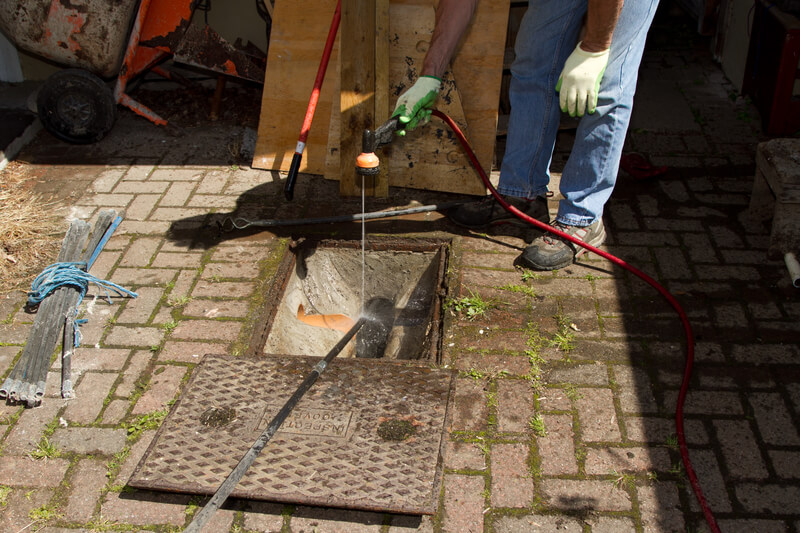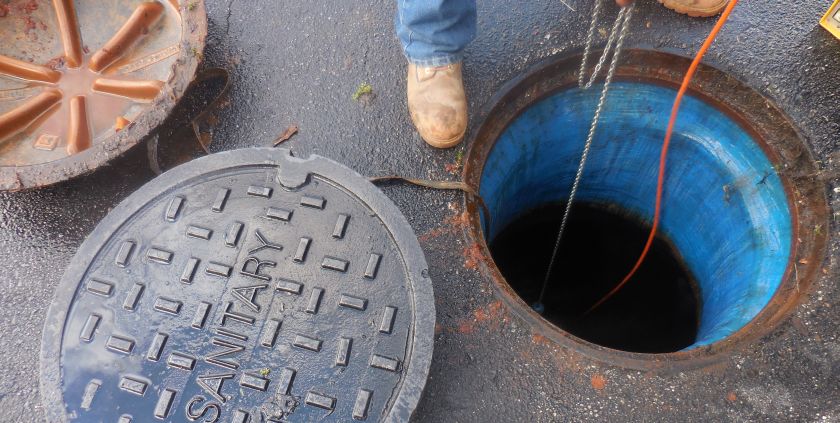We have noticed this article involving Tips for Dealing with Clogged Drains and Sewer Lines directly below on the web and thought it made perfect sense to talk about it with you here.

Introduction
Dealing with an obstructed drain can be a frustrating experience, interfering with daily activities and possibly creating damage to your property. Nonetheless, prior to reaching out to pipes professionals, there are steps you can take to resolve the problem yourself. In this overview, we'll explore DIY services and safety nets to tackle an obstructed drain successfully.
Determining the Problem
The initial step in addressing an obstructed drainpipe is identifying the indicators. Sluggish drainage, gurgling noises, foul odors emanating from drains pipes, or water support up prevail indicators of a blocked drain. Determining these indications early can help avoid better problems.
Picking the Right Plumbing Service
When choosing a pipes solution, consider factors such as experience, licensing, and client evaluations. Select a credible plumber with a record of high quality craftsmanship and transparent rates practices.
Cost Factors to consider
The price of specialist drainpipe cleaning services can differ depending on the extent of the clog and the plumbing technician's rates. Demand quotes from multiple suppliers and inquire about any service charges to make certain transparency and avoid shocks.
Safety and security Measures
When trying do it yourself drainpipe cleaning, focus on safety and security. Wear safety gloves and eyewear to avoid contact with unsafe chemicals or germs. Never ever mix various drain cleansing items, as this can generate dangerous fumes.
Situation Researches
Real-life instances show the efficiency of do it yourself remedies and the value of prompt professional treatment in solving drainpipe clogs.
Common Sources Of Obstructed Drains
Recognizing the factors that add to drain pipes clogs is essential for reliable resolution. Common culprits include hair, soap residue, oil, food debris, and foreign items like sanitary items or paper towels. Tree roots invading below ground pipes can additionally create significant obstructions.
Do it yourself Solutions
For small blockages, numerous do it yourself solutions can be reliable. Pouring boiling water down the drain can aid liquify grease and particles. Baking soda and vinegar or a mix of salt and baking soda can function as all-natural cleansers. Using a bettor or pipes snake to dislodge obstructions is an additional option.
Devices and Devices
Having the right tools handy can make DIY drain cleansing a lot more effective. A plunger is a functional tool for clearing blockages in sinks, bathrooms, and showers. A pipes serpent or auger can get to deeper clogs, while drain cleansing chemicals can be utilized very carefully for stubborn clogs.
Preventive Measures
To prevent future blockages, taking on preventive measures is critical. Install drainpipe guards or strainers to capture hair and debris prior to they enter the pipelines. Consistently flush drains pipes with warm water to dissolve oil buildup, and avoid dealing with grease or solid waste down the tubes.
When to Call an Expert
While do it yourself services can resolve small clogs, specific indicators show the demand for professional help. Consistent obstructions, foul odors despite cleaning efforts, or several drains pipes supporting at the same time are warnings that warrant experienced treatment.
Conclusion
By adhering to the tips outlined in this guide, you can successfully deal with blocked drains and stop future pipes concerns. Whether opting for DIY solutions or seeking professional help, timely activity is essential to preserving a healthy plumbing system and preserving the stability of your home.
WHAT I LEARNED FROM TRYING TO DEAL WITH A CLOGGED DRAIN
We have had our share of seepages and other annoying things that are part of living, especially in an apartment complex. And if there’s one thing that’s terrifying for a homeowner—or even someone in a rented home—it is a clogged drain, indoors or outdoors.
We enjoy our living space, but it’s simply a fact of life that dead skin, soap and a host of other items go down the drain; eventually, the residue builds up and prevents anything from moving. Ugh.
Not Calling A Professional
Of course, it might seem simple to just whip the pipe off under the sink and see if you can unblock it. Unfortunately, what if the blockage isn’t there, or you don’t reconnect it properly? Worse, you might break a piece and have no drainage system. Can you imagine that scene? Yuck!
Not Watching Your Waste
This will sound d’uh, but the best tip I can give you for drain cleaning is to avoid clogging the drain in the first place! You can do this by monitoring what goes down the drain and catching the items which are most likely to give you a problem. Invariably hair, vegetable peels, and large wads of toilet paper are the most obvious culprits. Add a filter—these are available in hardware stores and can be removed and cleaned easily.
Poking The Drain
The first urge with a clogged drain is to poke at it with a stick or anything that resembles a stick. Sadly, this does not result in magically solving the issue. The mental image is, naturally, one of the stick just pushing through the offending item and all is well again. Reality is quite different and unpleasant and likely to lead to further problems.
The thing is, every drain has a series of bends that are not visible to us. Drains are built this way to prevent gases from entering the house. What happens when you poke a stick into the drain? Of course, it can’t bend around the corner. The more adventurous people will use force and end up wedging the stick or causing it to break off in the pipe—creating an even bigger issue. Worst thing? The stick will shift the block further down the pipe, creating the space for more to collect. Go ahead! Roll your eyes!
Using The Wrong Plunger
You know what they say: the right tool for the right job! Did you know there are different types of plungers besides the basic one we keep at home for an emergency? Yes, there are. For example, the toilet plunger has a bell-shaped bottom while the sink plunger is flat. This is an important difference and using the wrong plunger will be useless. There’s also a knack in using plungers—they must be placed in such a way that they create an airtight seal and then, moved slowly up and down—not as fast as we imagine.
https://vidyasury.com/2018/01/learned-trying-deal-clogged-drain.html

I was shown that report about Some easy tips to fix blocked drains from an associate on our other web blog. Do you know another person who is intrigued by the niche? Why not promote it. We love your readership.
Call
Comments on “Procedures for Dealing with a Blocked Drain Prior to Reaching out to Plumbing Experts”